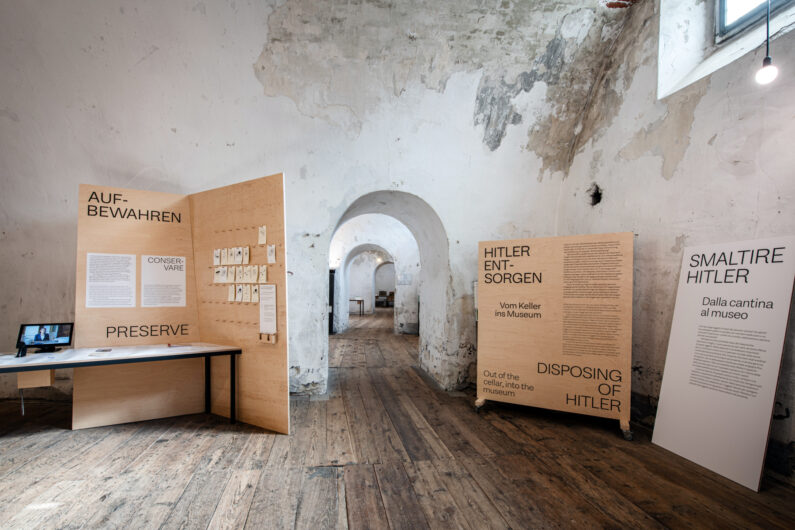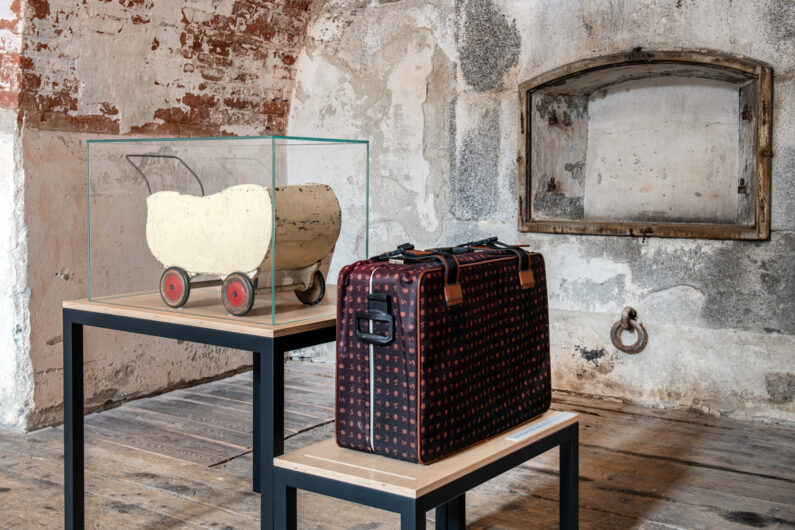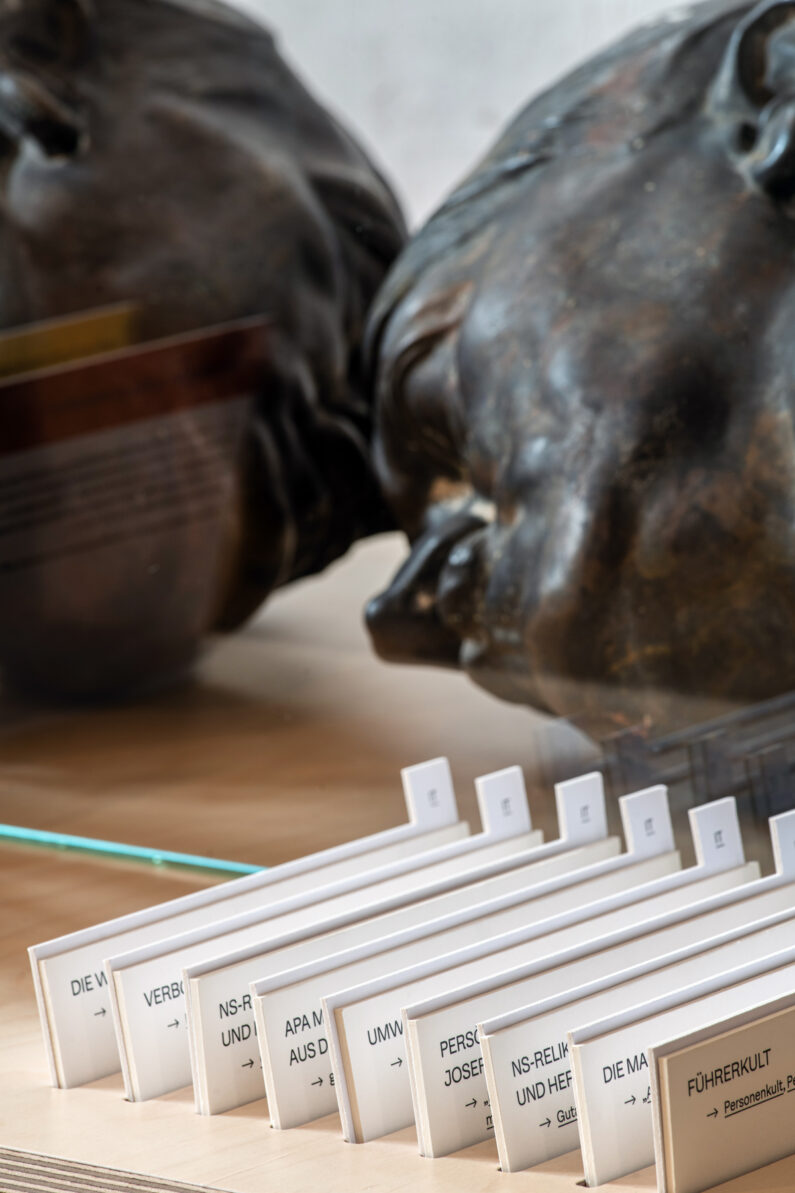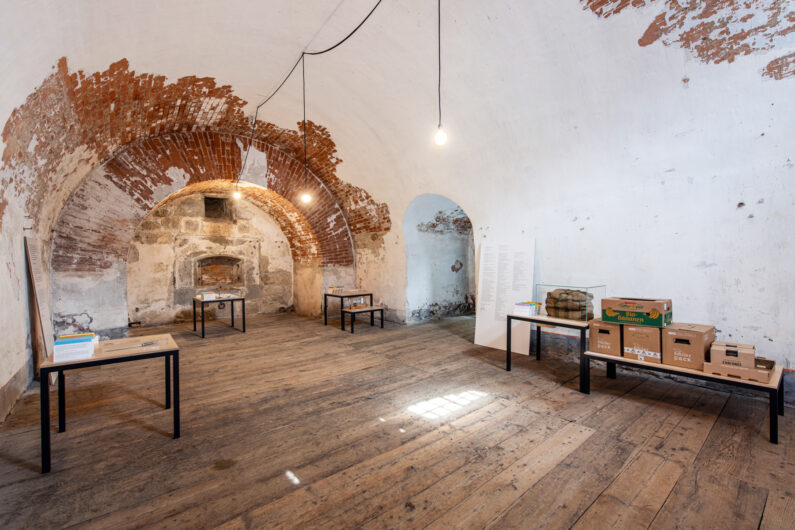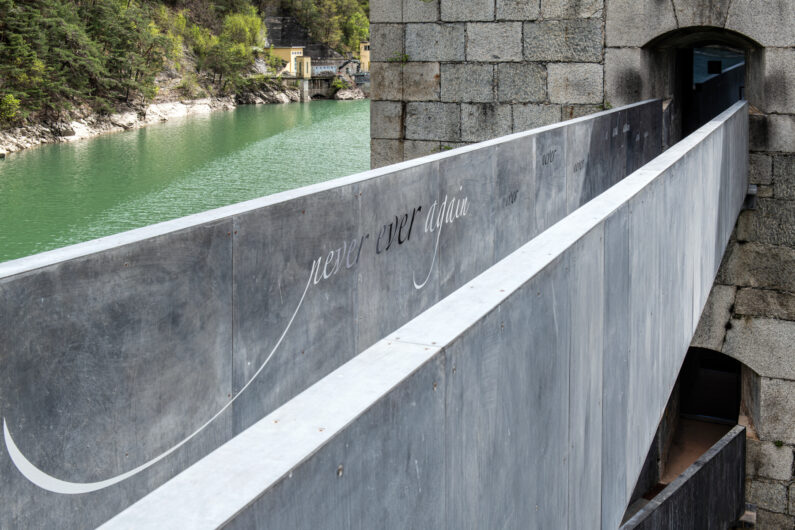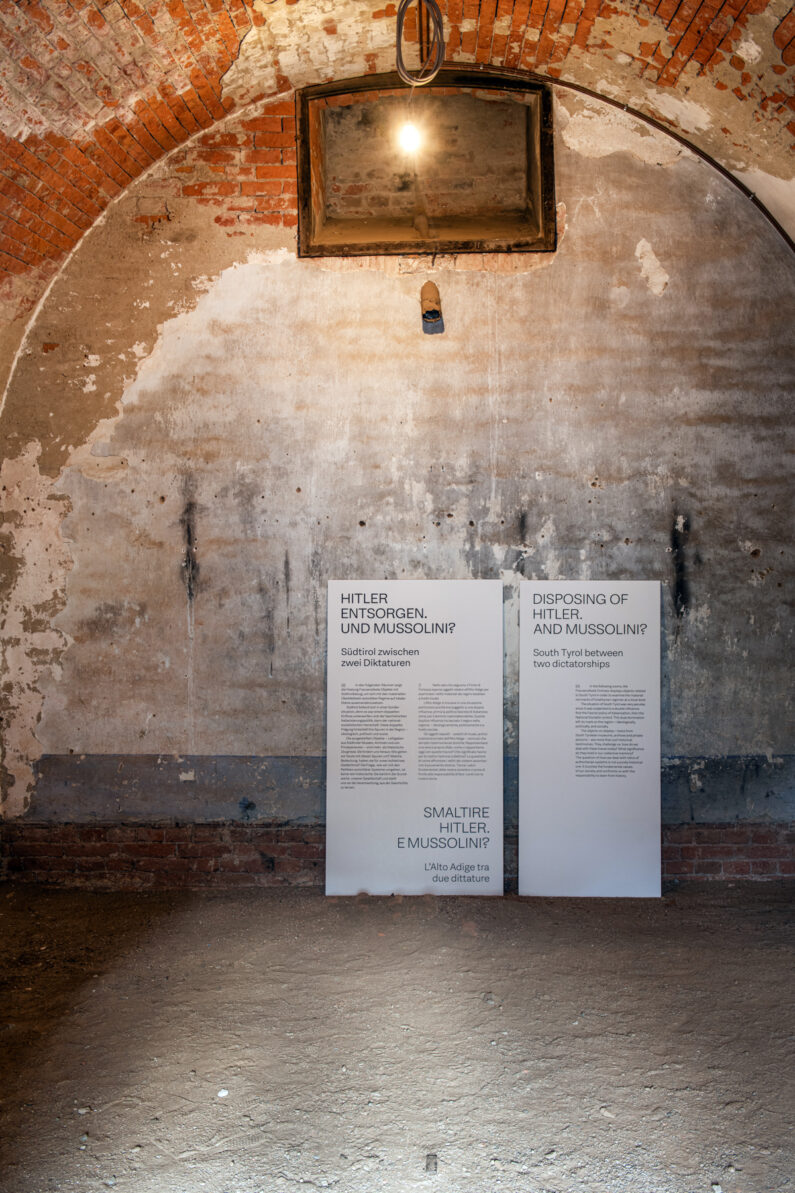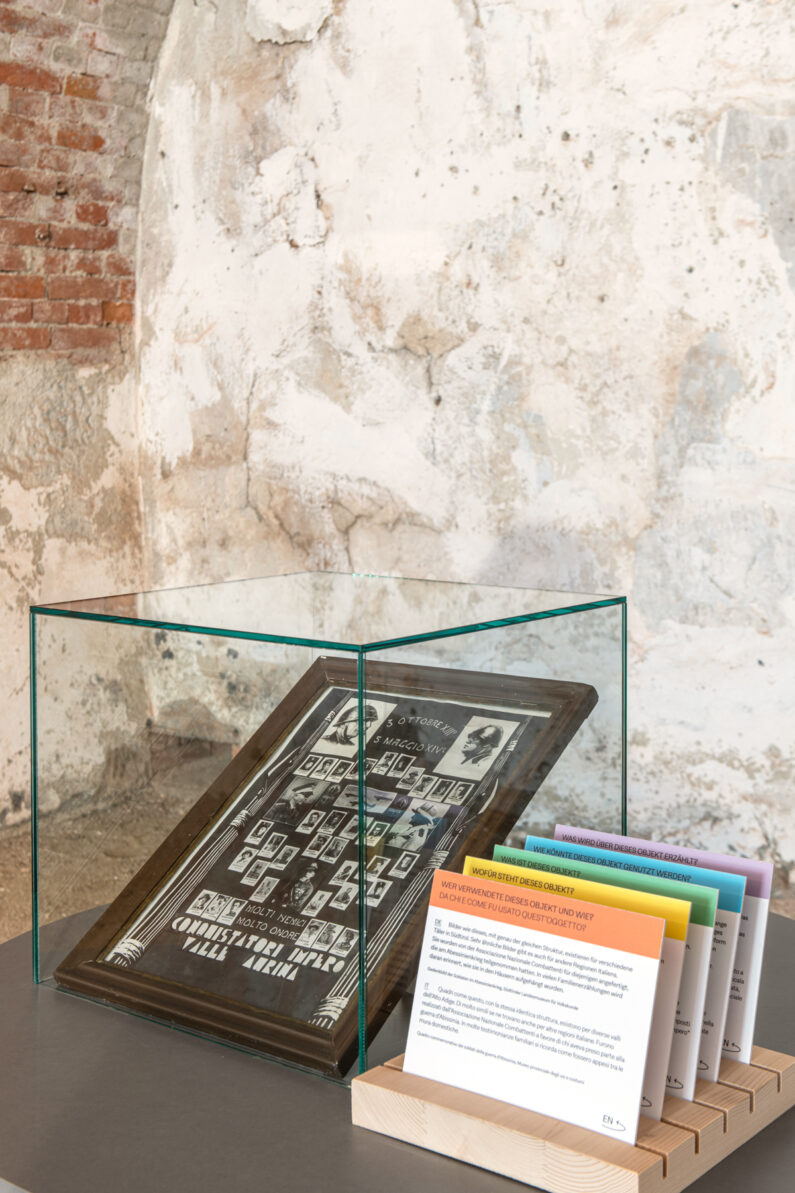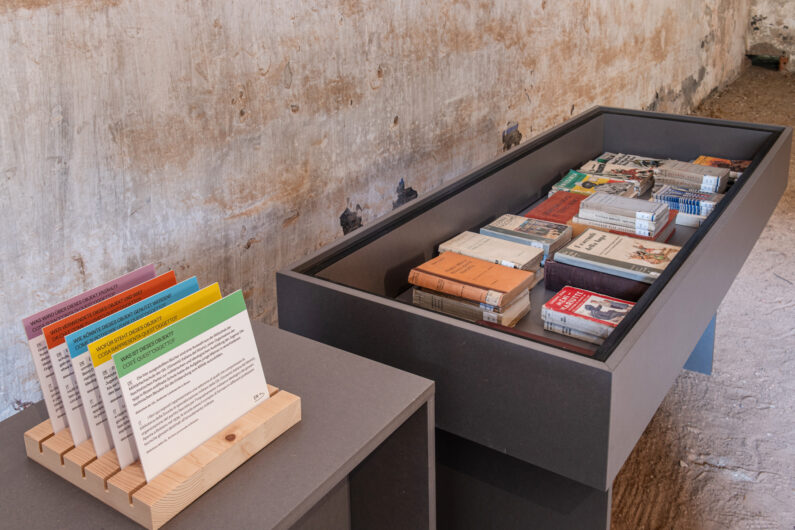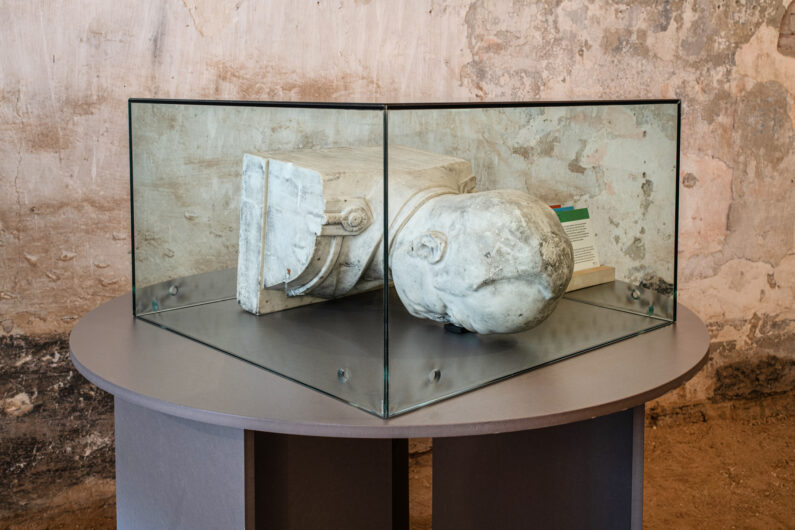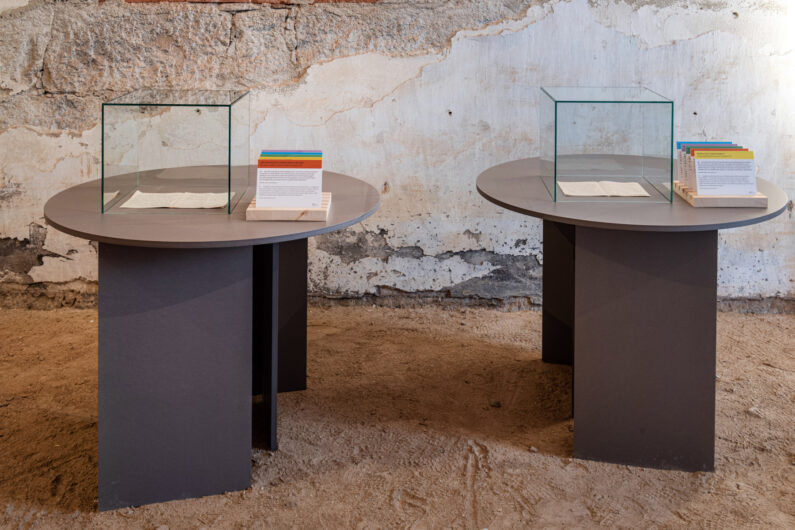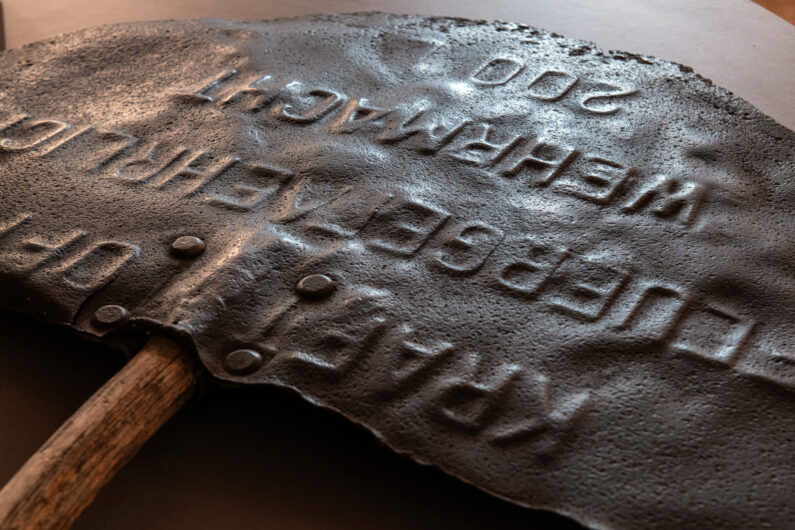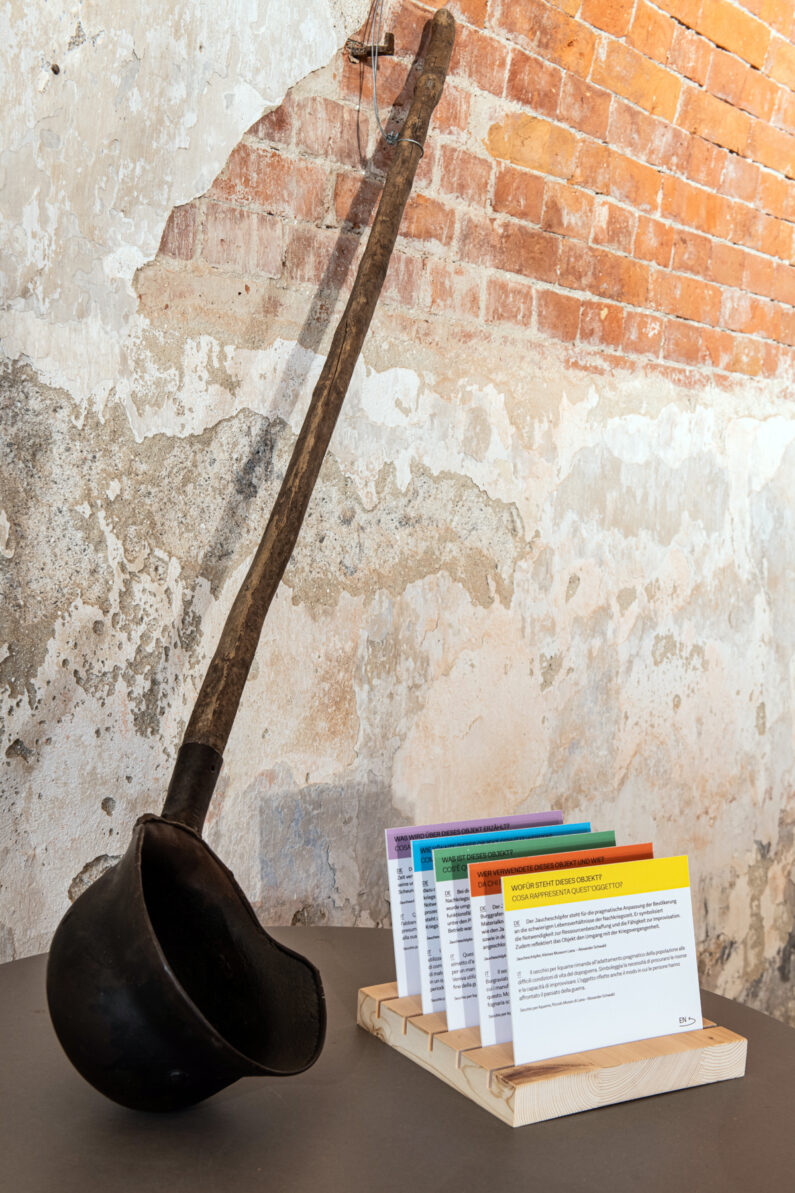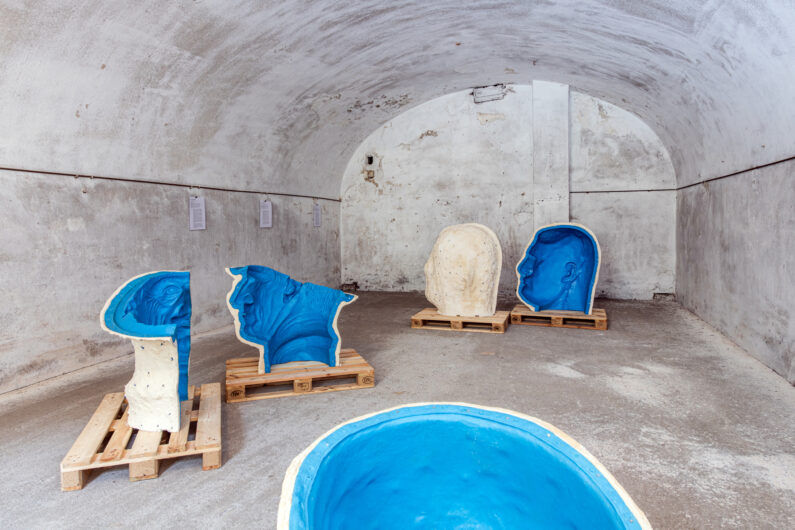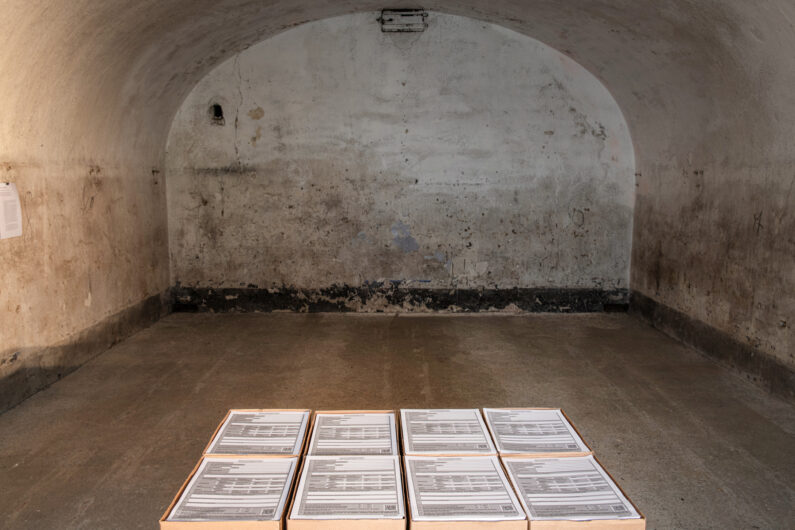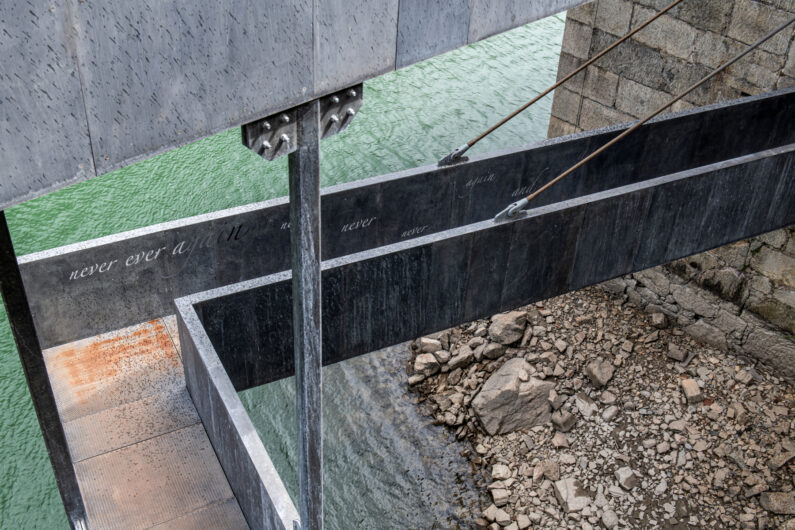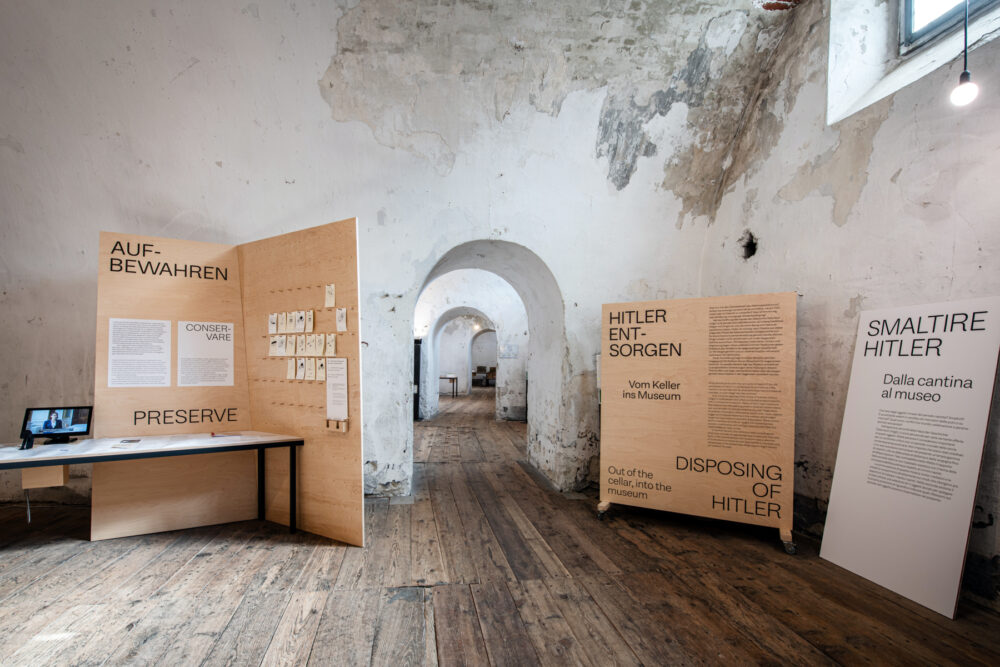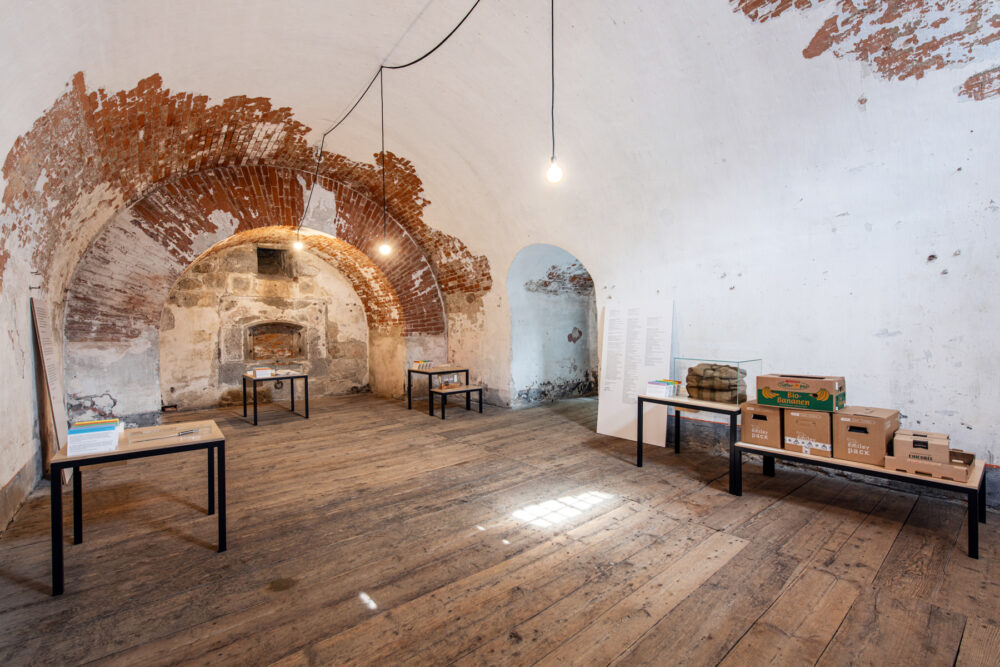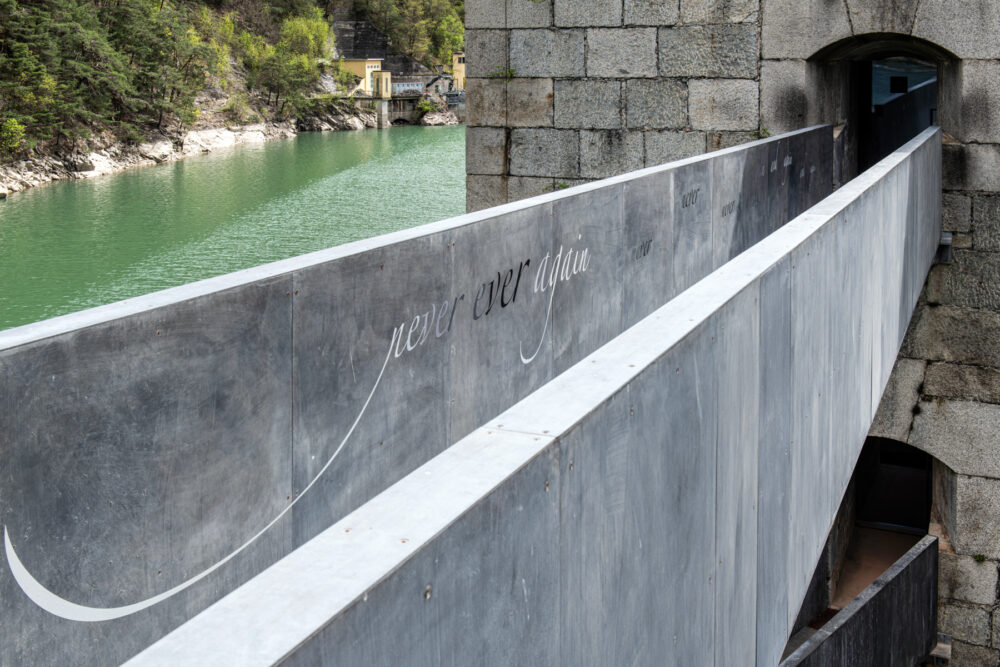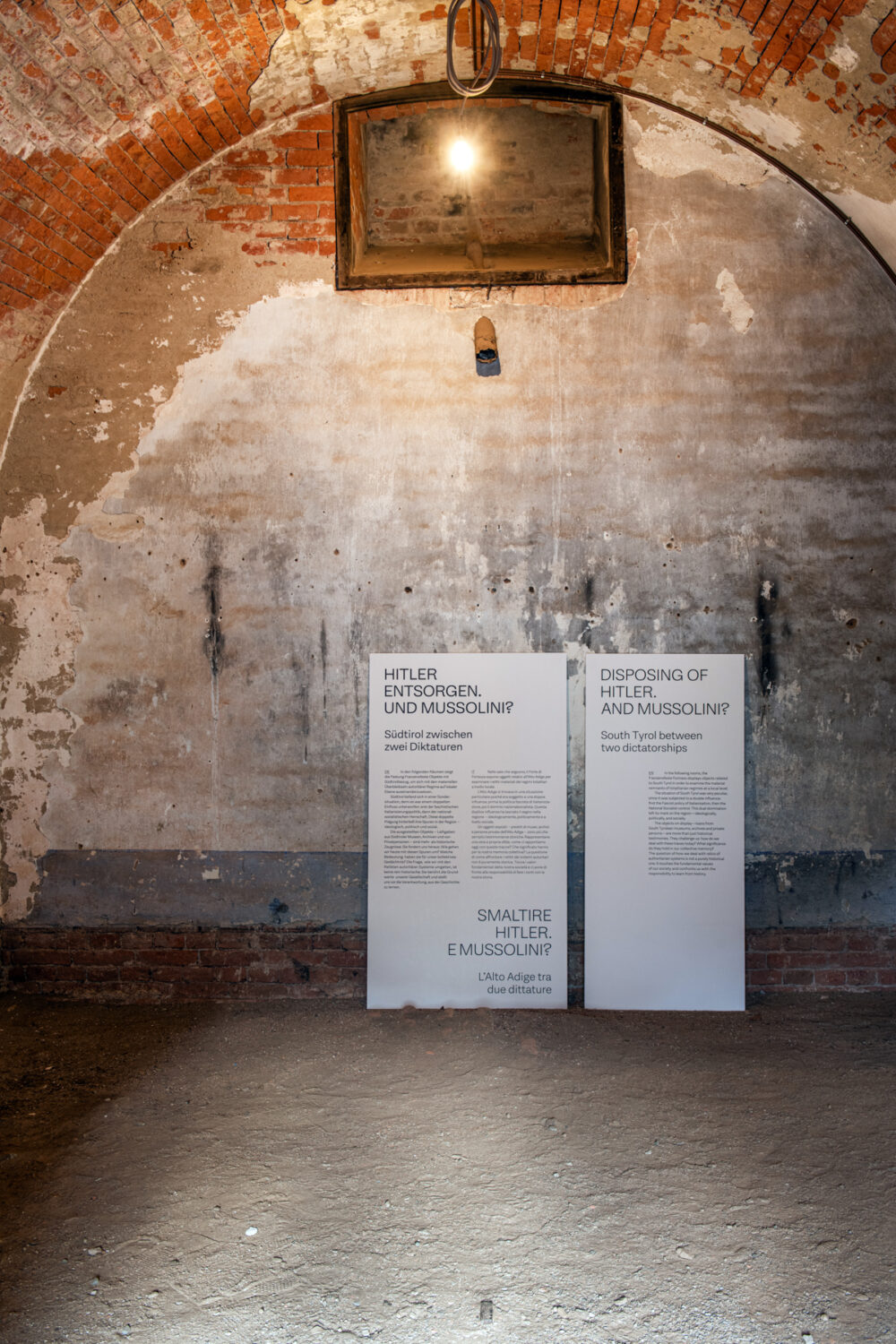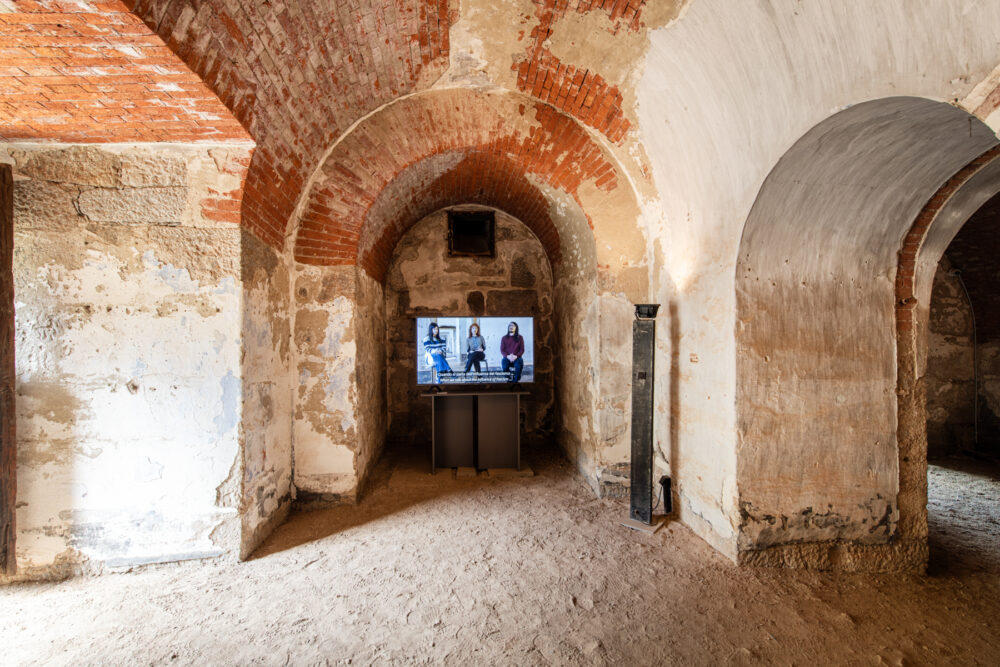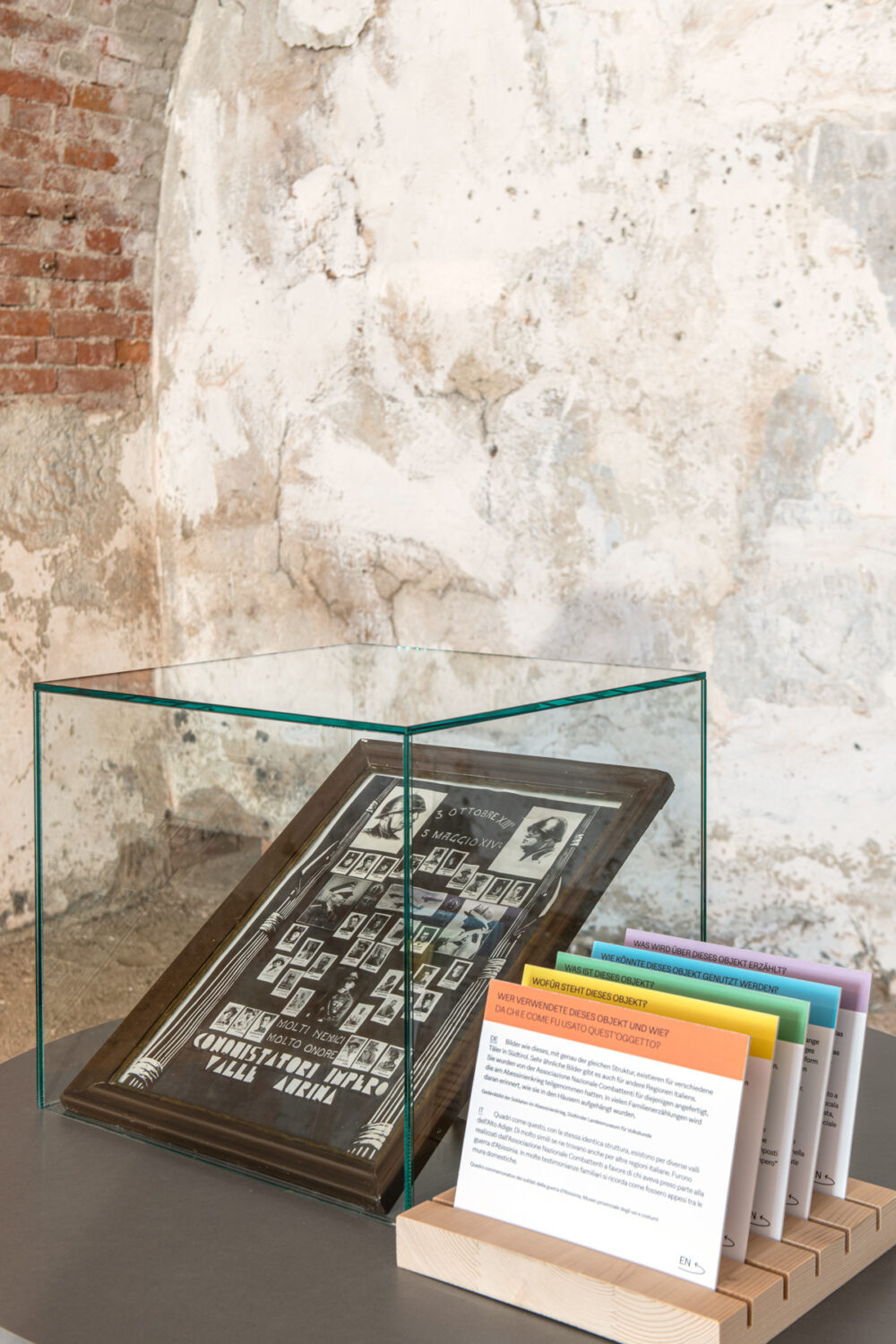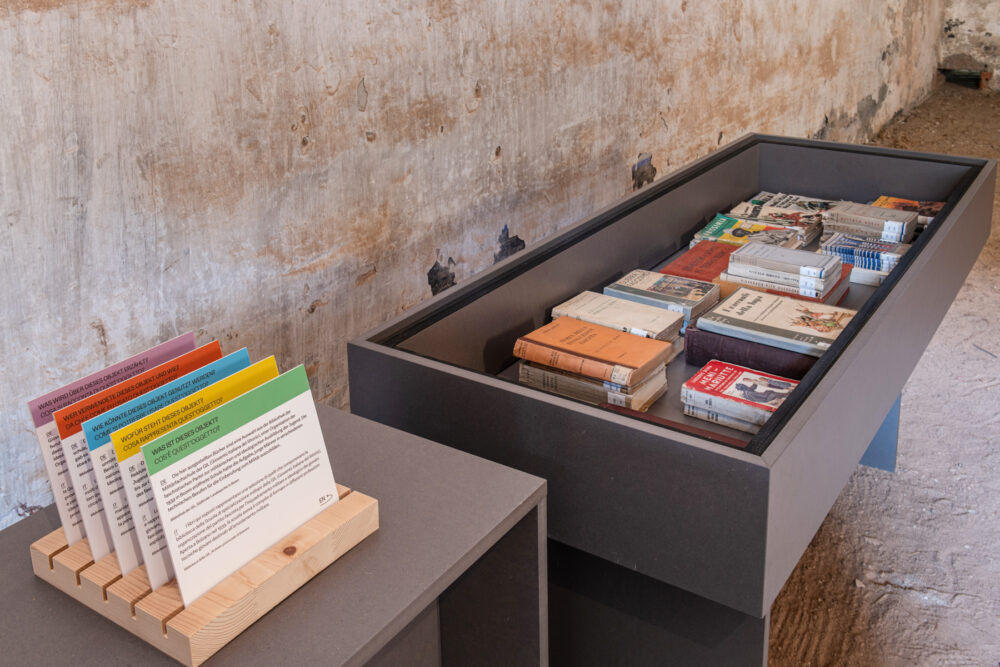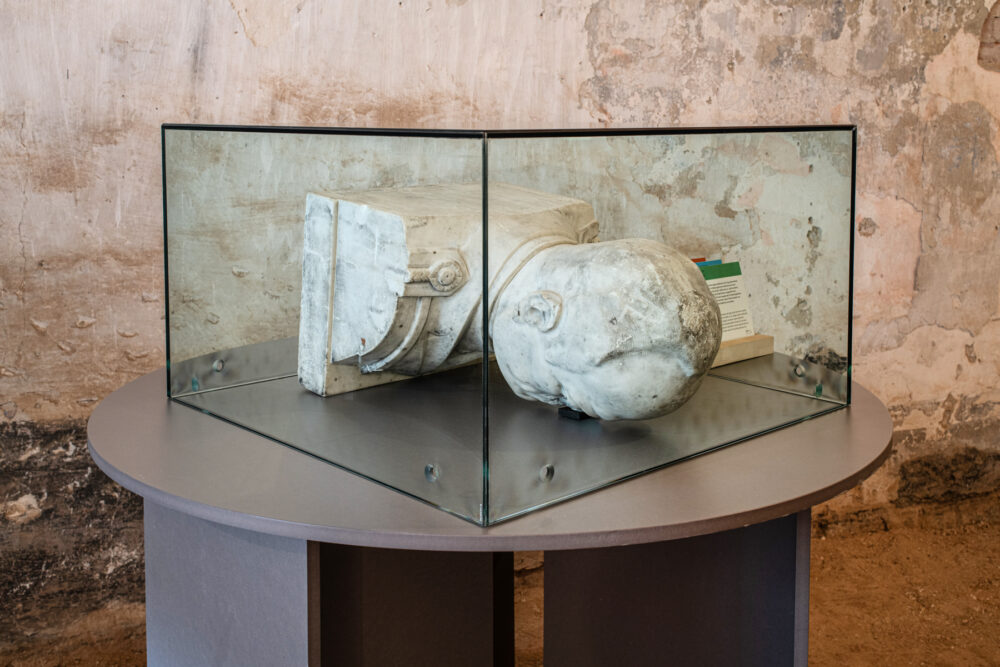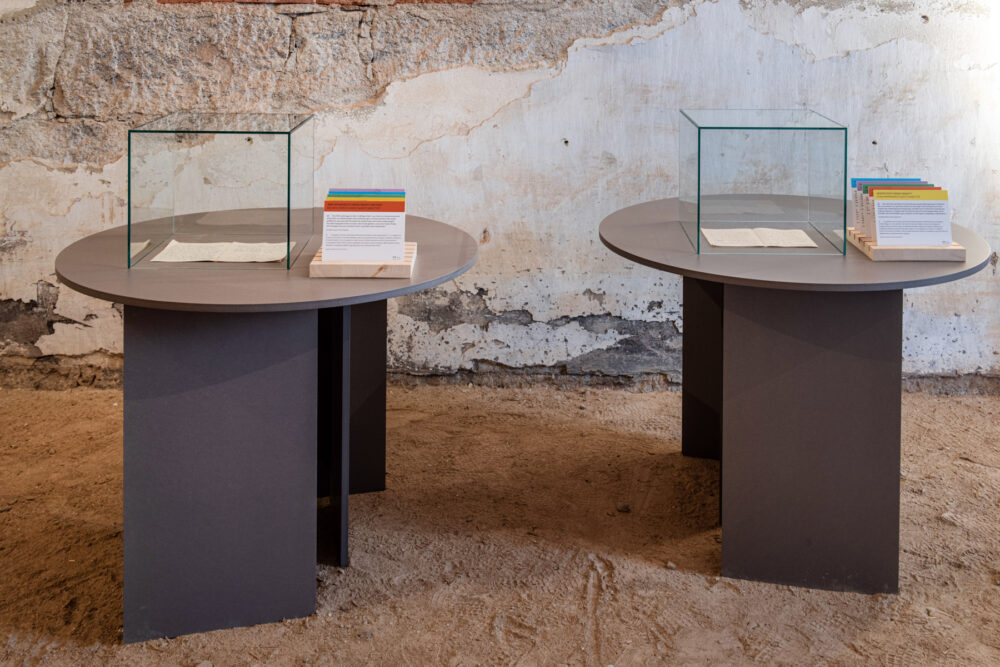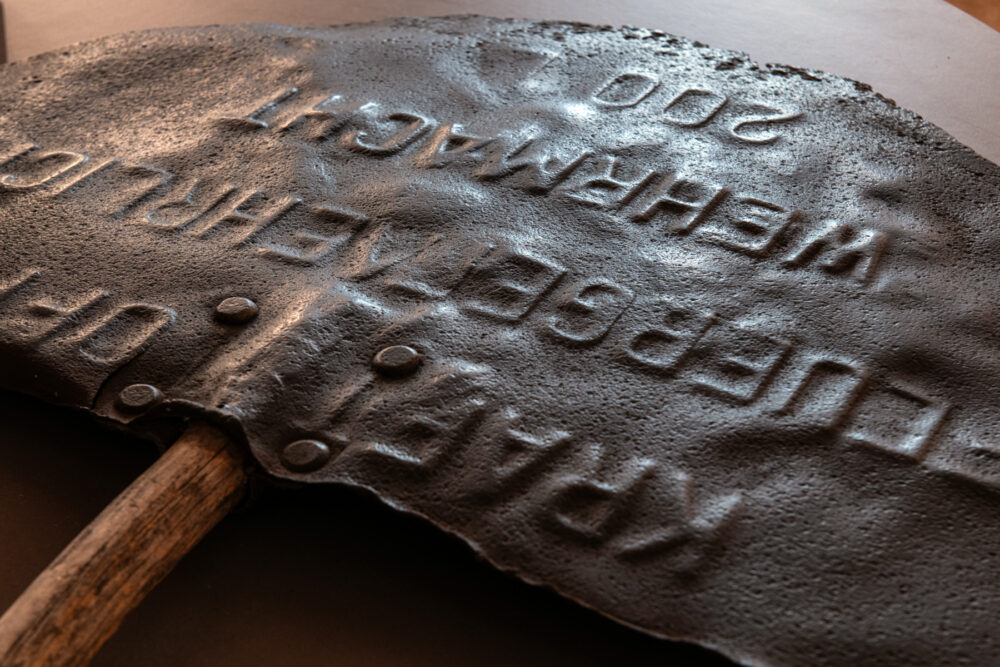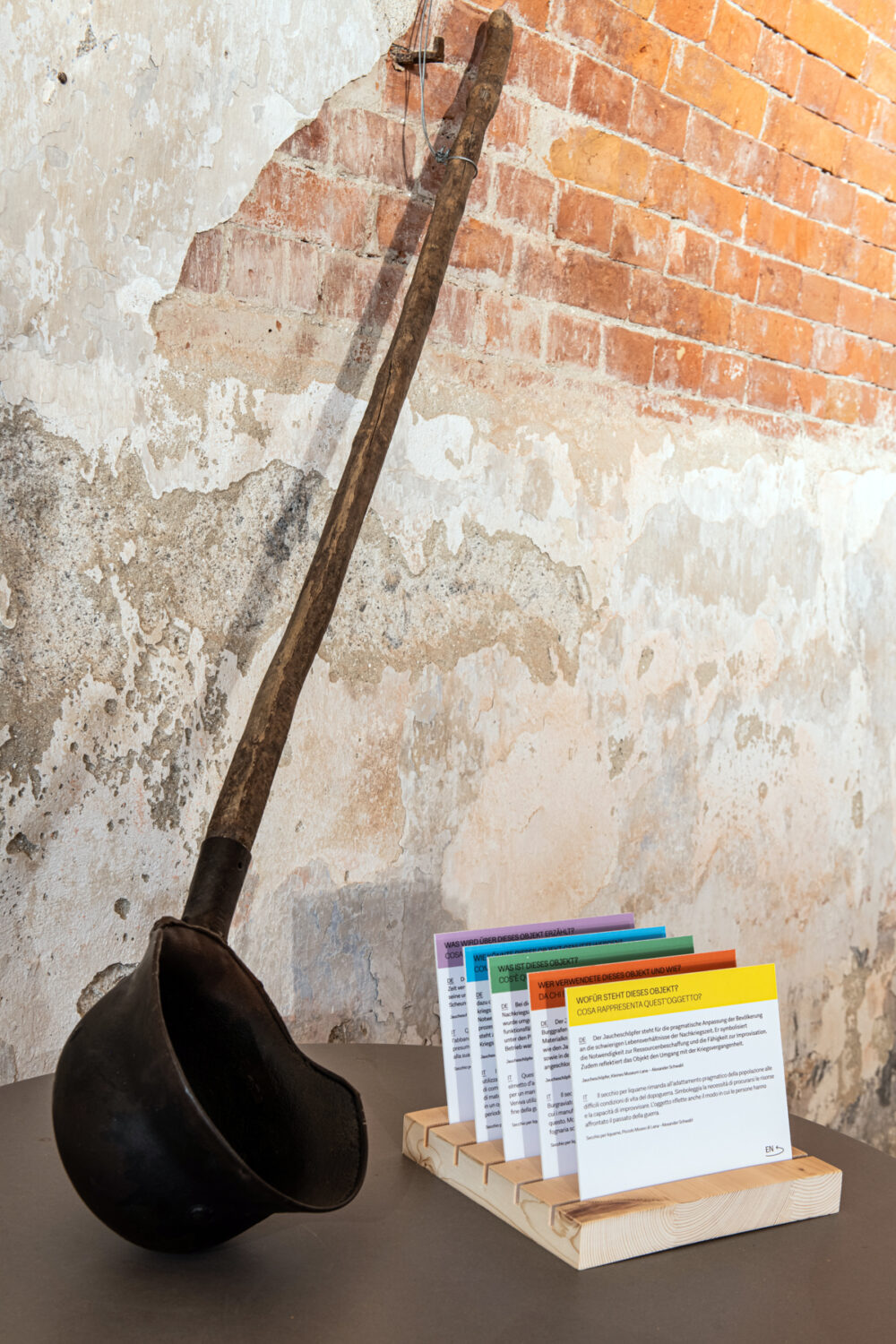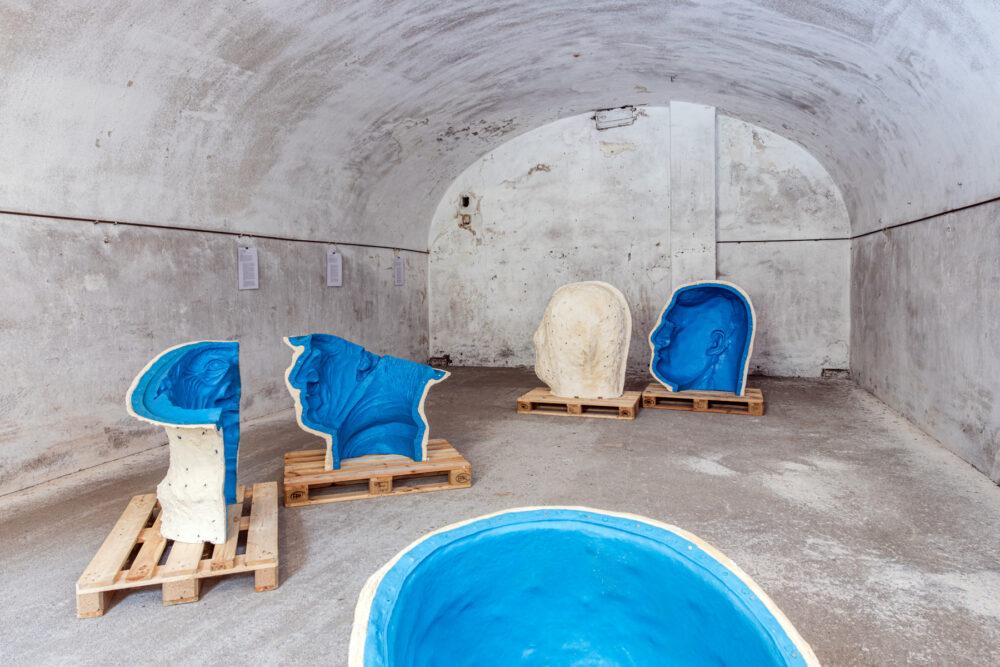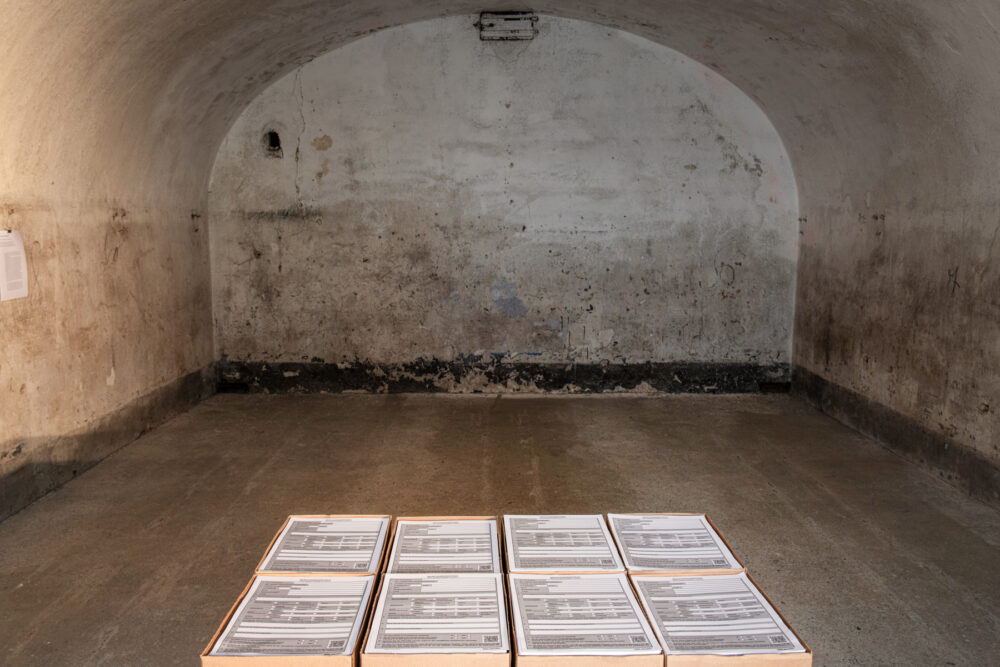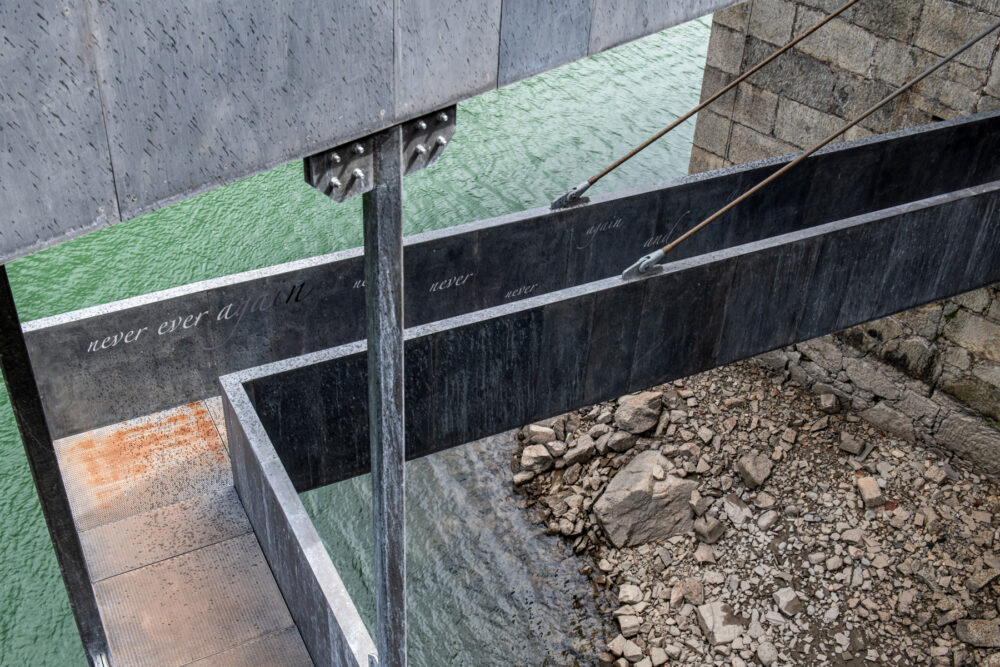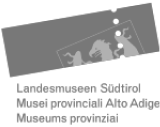Disposing of Hitler. From the cellar to the museum
Time period
05. April – 09. November 2025
Location
Gebäude 35 & 33
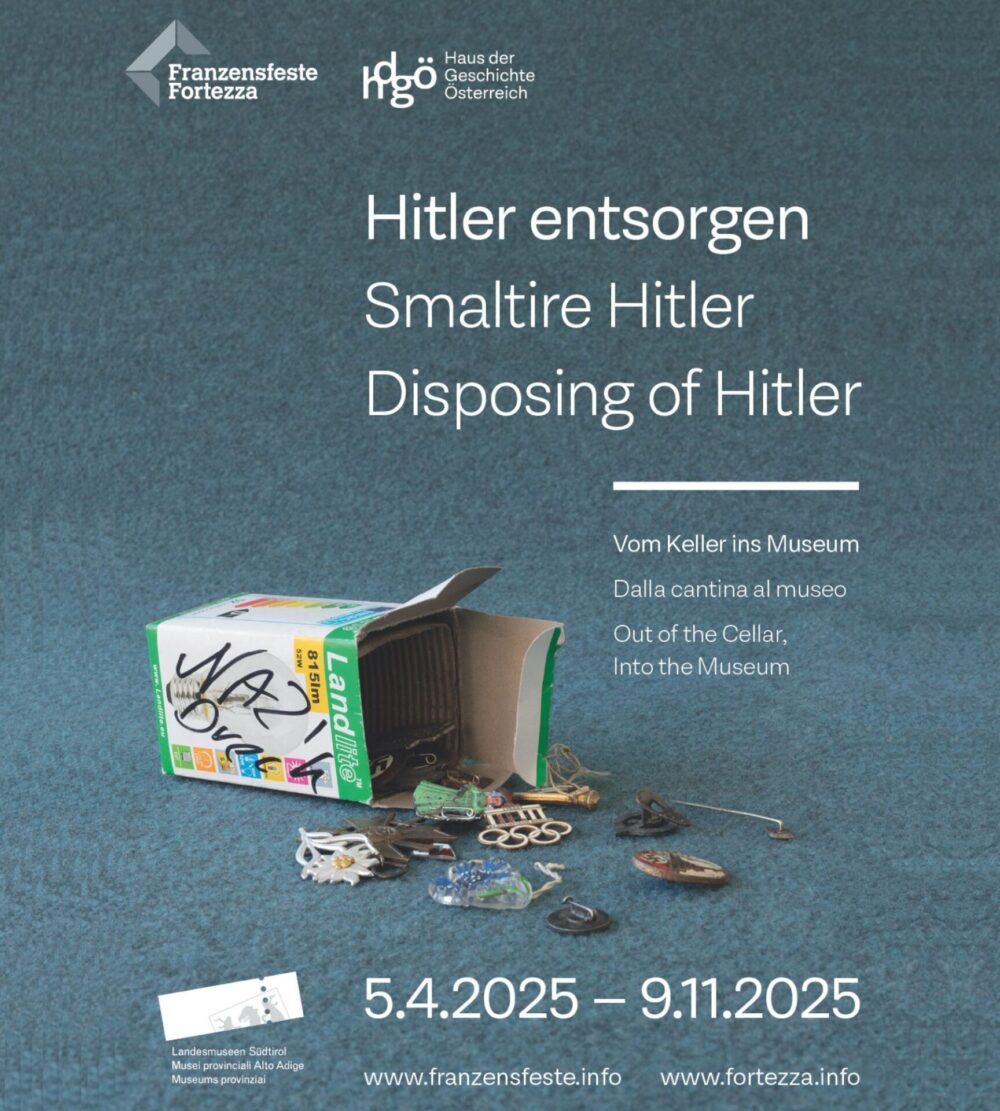
The Franzensfeste Fortress Provincial Museum is showing the exhibition “Disposing of Hitler. From the cellar to the museum”, which was conceived by the House of Austrian History.
What to do with the remnants of National Socialism? Do they belong in a museum? Should they be disposed of? Is it justifiable to sell them at flea markets or on the internet? The exhibition ‘Disposing of Hitler’ asks about social responsibility in dealing with relics of National Socialism and looks at how these things can strengthen democratic awareness in the present.
The exhibition “Disposing of Hitler. From the cellar to the museum”, which was conceived by the House of Austrian History (hdgö), sheds light on the handling of relics of National Socialism and fascism. This exhibition addresses the questions: What to do with the remnants of National Socialism? Should they be disposed of, taken to a museum or even sold? How do such objects influence our culture of remembrance?
The exhibition shows 11 donations from the hdgö collection, including bronze busts of Hitler that were found in the basement of the Austrian parliament in 2017 and a Wehrmacht tent that was later used by children. These objects not only tell of the history of National Socialism, but also of the changing perceptions and ways of dealing with them over the decades. An interactive part of the exhibition invites visitors to explore the question of how they themselves would deal with Nazi artefacts. They can vote at ‘decision tables’: Keep, destroy, sell or research in a museum?
The exhibition expands the discussion to include a regional perspective, particularly in the context of South Tyrol, which was under the influence of two dictatorships, Fascism and National Socialism. On display are objects from South Tyrolean museums and archives as well as private loans that document the legacy of these two dictatorships. These relics invite visitors to take a critical look at history and the complex interweaving of ideology, politics and personal experience. One example is a collection of books from the library of the military specialisation school of the Gioventù italiana del littorio, which opened in Bolzano in 1939. These books were collected after the dissolution of the GIL and document the ideological character of the time.
Curator Andrea di Michele emphasises: “Through the objects, the exhibition encourages visitors to reflect on the nature of fascism and its ability to shape everyone’s daily life. Each object is linked to a concrete history of individuals and families that extends to the present day.”
The exhibition challenges us to reflect on how we deal with the past. At a time when right-wing extremist movements are on the rise again, it is important to actively remember and critically scrutinise. Curator Sandra Mutschlechner explains: ‘The exhibition invites visitors to engage with the remnants of fascism and Nazi ideology and to reflect on the role of remembrance in our society.’
Three artistic and literary positions by Rossella Biscotti, Esther Strauß and Lene Morgenstern add an additional dimension to the exhibition and invite visitors to approach the topic in a different way and from a new perspective.
The exhibition forms part of the Euregio Museum Year 2025 “Weiter sehen (See beyond)”.
Curted by Haus der Geschichte Österreich, Andrea di Michele and Sandra Mutschlechner
Photos © Ivo Corrà
